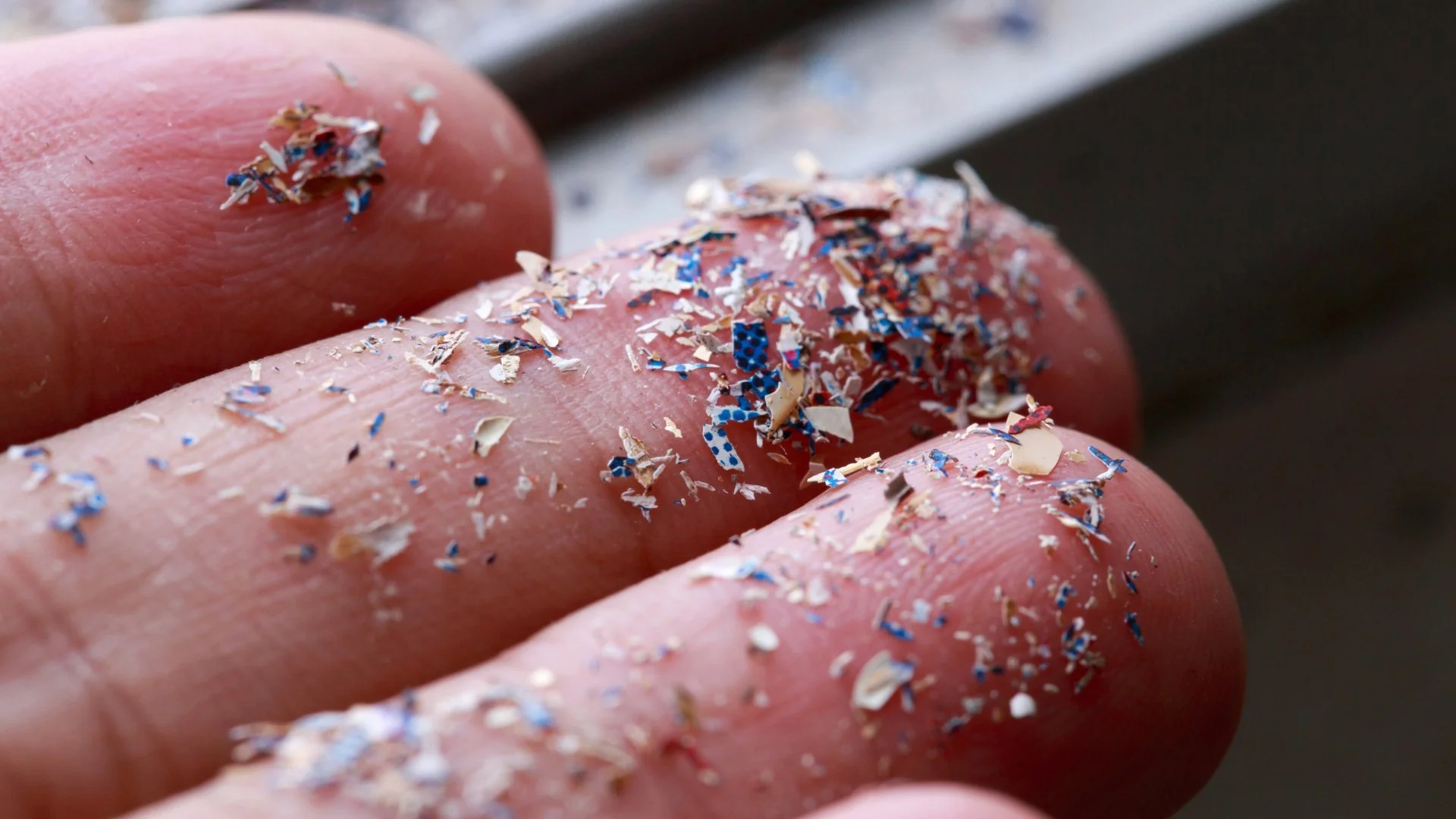Microplastics in Your Home: The Hidden Sources You Need to Know
Microplastics aren’t just a problem for the ocean anymore — they’re in our air, water, food, and even inside our bodies. Research has found microplastics in human blood, lungs, the brain, and even placental tissue. That’s how widespread they are.
But here’s the thing: many of the biggest sources of microplastics are in your own home. And while we can’t avoid them 100%, we can take smart steps to reduce our daily exposure.
Let’s break it down.
Laundry: A Microplastic Factory
One of the biggest household sources of microplastics is synthetic clothing (like polyester, nylon, spandex, and acrylic). Every time you wash them, they shed tiny plastic fibers that end up in your wastewater, which then flows into rivers and oceans.
What you can do:
Choose natural fibers like cotton, linen, hemp, or wool when you can.
Use a Guppyfriend laundry bag or a washing machine filter to trap fibers and then throw the fibers in the trash. It’s still contributing to microplastic pollution in our planet, but it’s better than in our waterways.
Wash clothes on cold and shorter cycles to reduce shedding.
Furniture, Carpets & Upholstery
Many sofas, chairs, mattresses, and carpets are made with synthetic fabrics that slowly release microplastics into your indoor air as dust. These fibers get inhaled or settle on surfaces you touch and eat from.
What you can do:
Vacuum regularly with a HEPA filter vacuum to catch particles.
Use rugs made from natural fibers (like wool or cotton).
Air out and dust frequently, especially in bedrooms.
Food & Kitchenware
Plastic food containers and wraps shed particles, especially when heated.
Nonstick cookware (with damaged coatings) can release micro- and nanoparticles.
Bottled water has been found to contain hundreds of thousands of microplastic particles per liter in some studies.
What you can do:
Store food in glass, stainless steel, or beeswax wraps.
Swap nonstick pans for cast iron, stainless, or ceramic-coated.
Drink filtered tap water in glass or stainless bottles instead of bottled water.
You can’t live in a bubble and avoid microplastics entirely — but you can take simple, powerful steps to lower your exposure at home. Choose natural fibers, store food in glass, filter your water, and clean with intention.
Every little swap not only protects your body but also reduces the amount of microplastics ending up in our environment.
Your home should be your safe space — and with a few smart choices, it absolutely can be.



